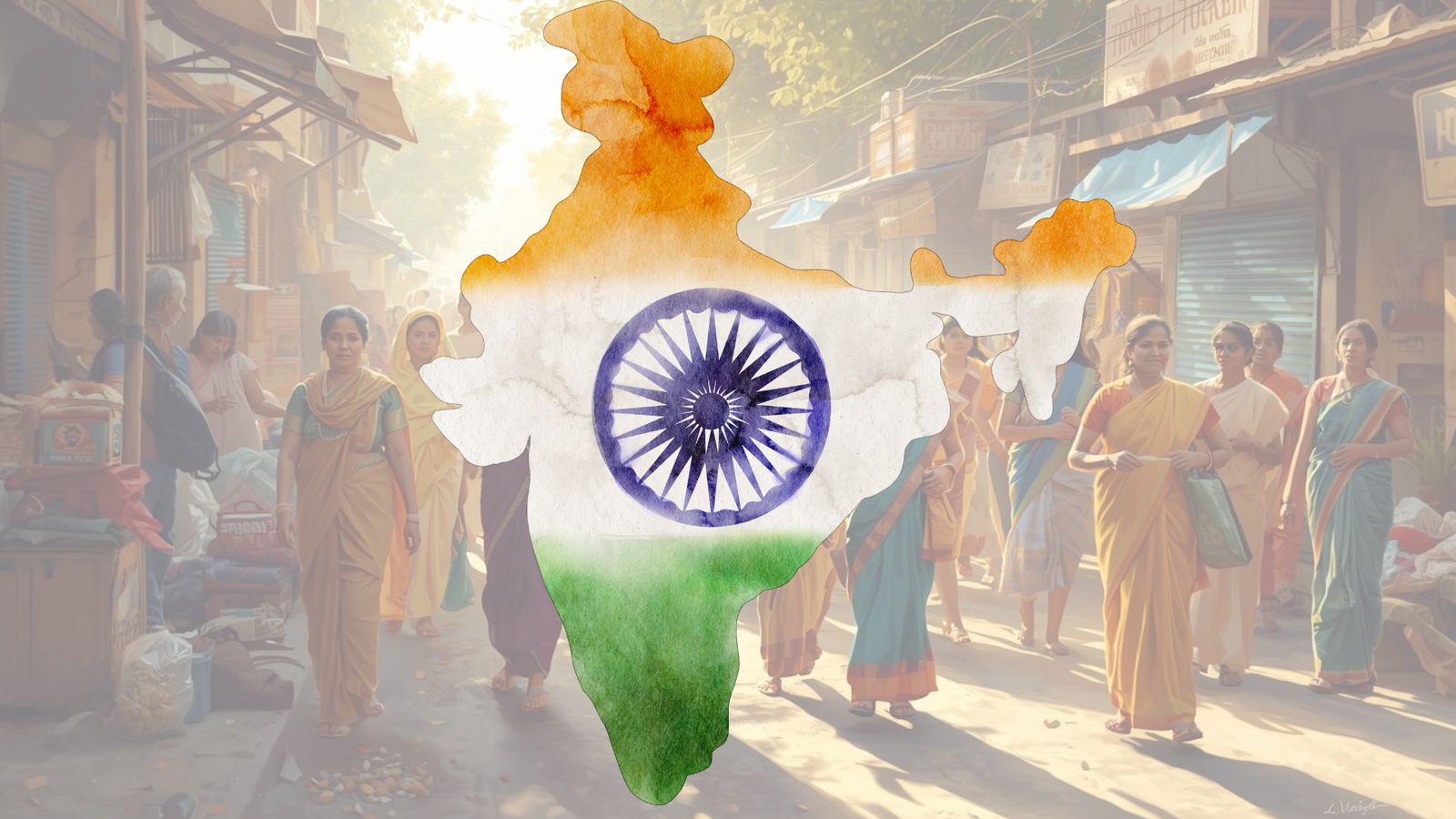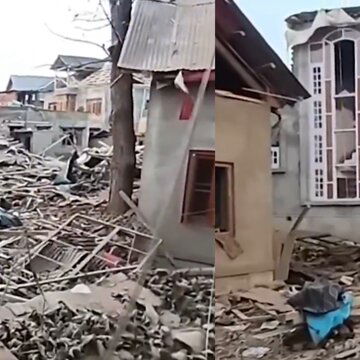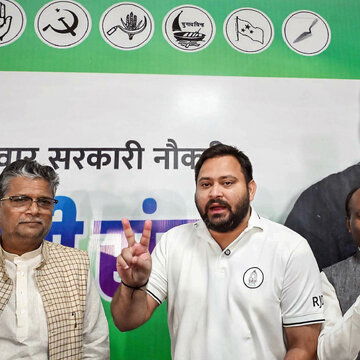August 29, Friday: The National Annual Report and Index on Women's Safety (NARI) 2025 report by the National Commission for Women (NCW) provides a comprehensive insight into women's safety in India. The index is based on the responses of 12,770 women in 31 cities in India, measuring perceptions of safety in public places, workplaces, as well as neighbourhoods, marketplaces, and governmental responsiveness. The survey's overall safety score at the national scale was 65 percent, indicating that although some states have seen improvements, there are still gaps.
The results show how much women's sense of safety is influenced by community life, urban infrastructure, and efficient law enforcement. Larger, patriarchal states always came in second, followed by smaller northeastern cities and particular metro areas.
The safest cities based on the report are:
Kohima comes first in the index due to high gender equality, community-organized vigilance, and pro-women mobility culture.
Visakhapatnam comes in second, with a reputation for having well-organized law enforcement, solid infrastructure, and well-planned public areas that make it easier for women to access them.
In Bhubaneswar, women-sensitive urban planning and strong local institutions are well-known, making it the third safest city.
Aizawl, Gangtok, and Itanagar scored highly on measures of low crime, community cohesion, and faith in local institutions.
Mumbai, the sole megacity in the top category, is attributed to enhanced public transportation safety measures, proactive policing, and public reporting systems.
On the contrary, Patna, Jaipur, Faridabad, Delhi, Kolkata, Srinagar, and Ranchi recorded the worst performance. They were red-flagged for weak institutional responsiveness, unsafe public transport, poor street lighting, and entrenched patriarchal societal norms, making their respective states the most unsafe for women.
The NARI 2025 report points out that women's safety cannot be quantified using crime statistics.











